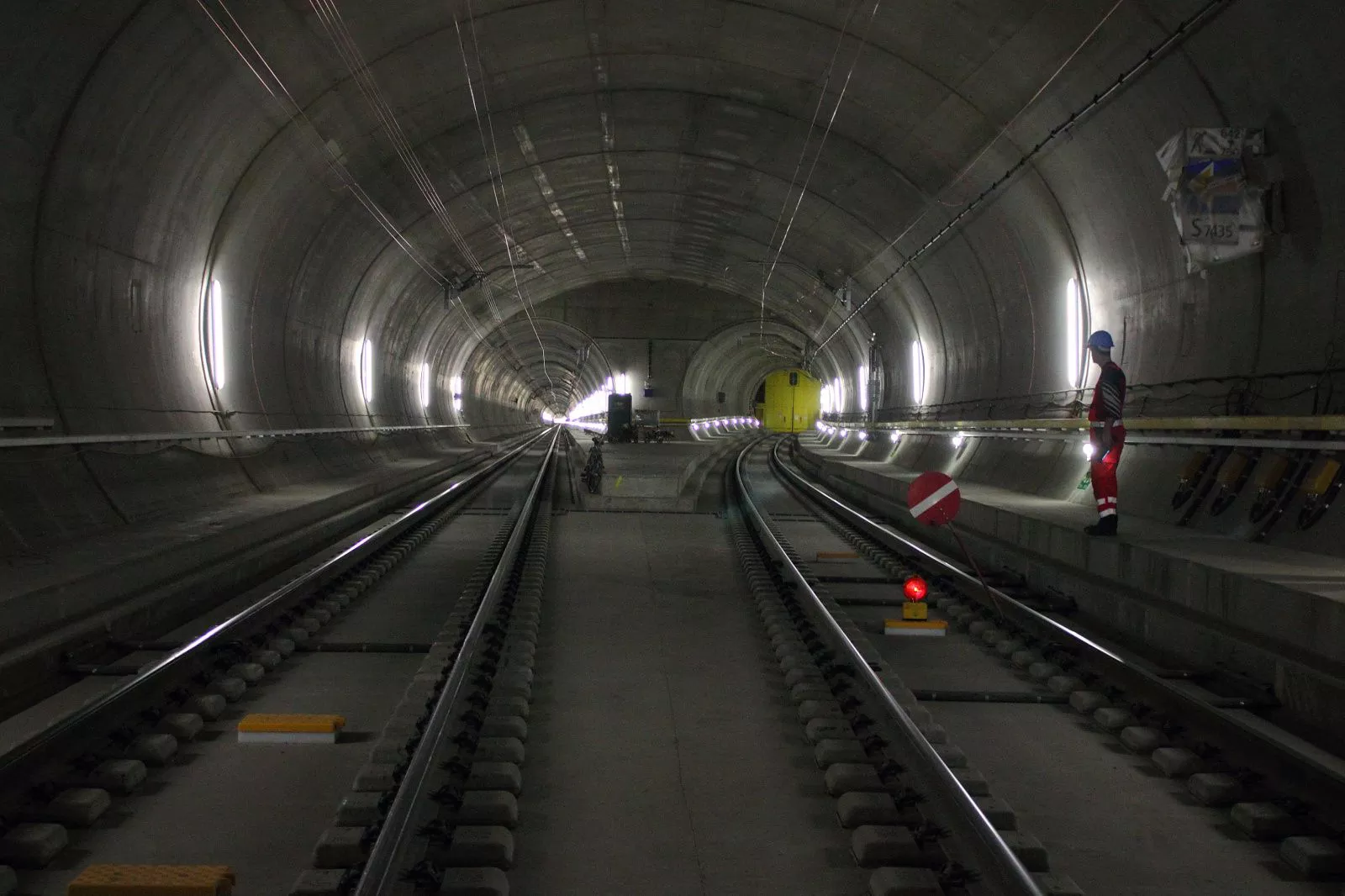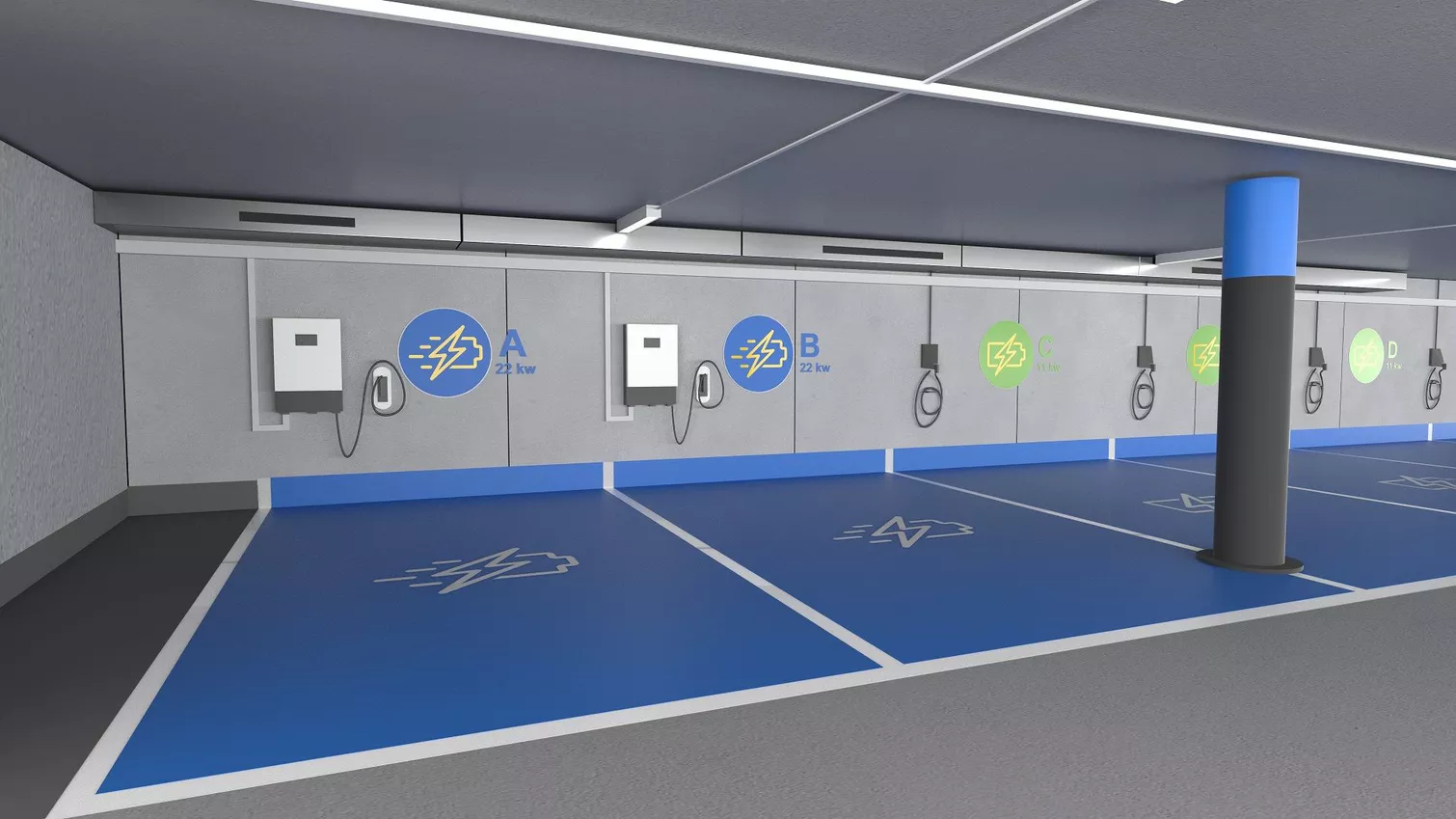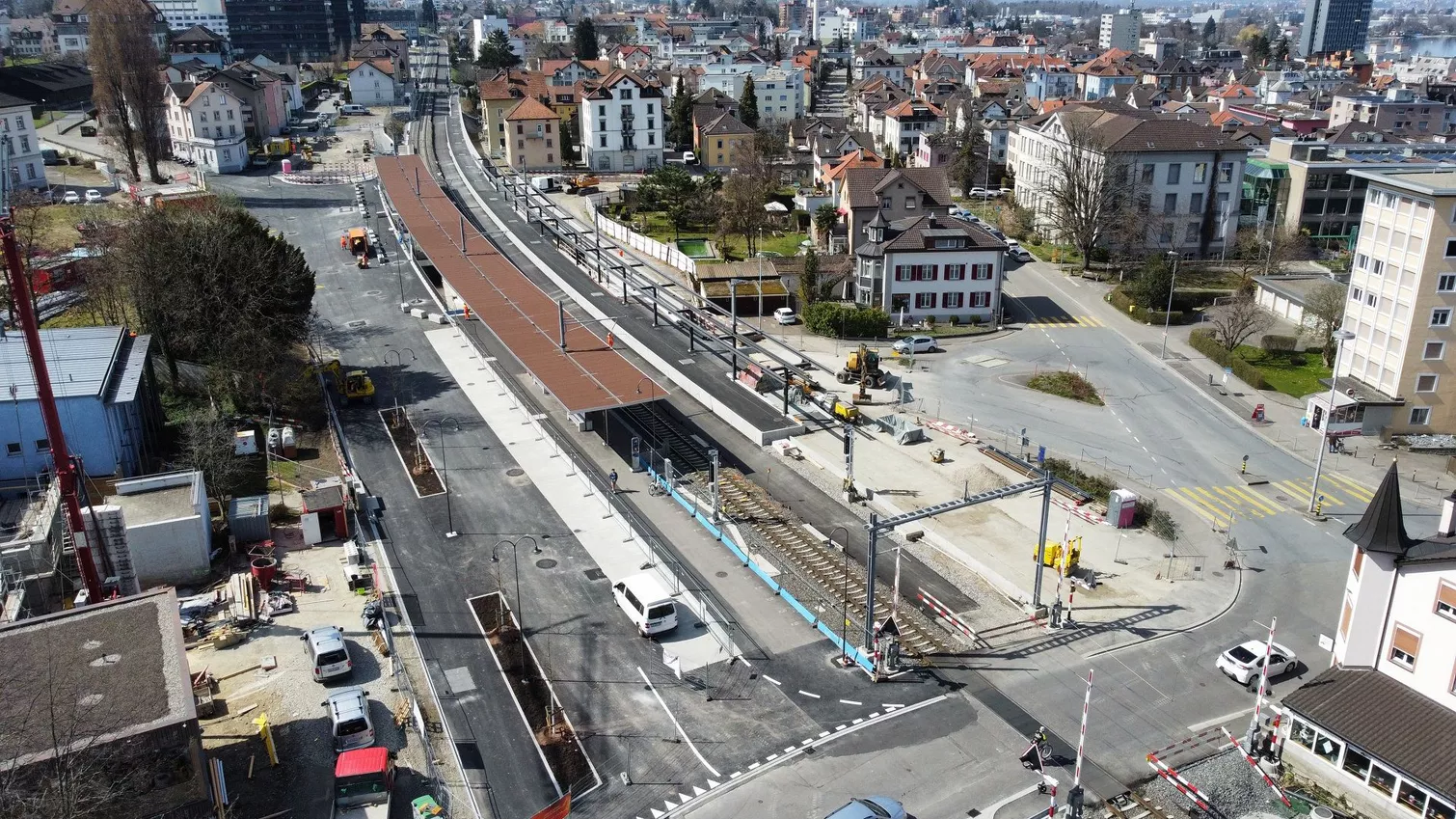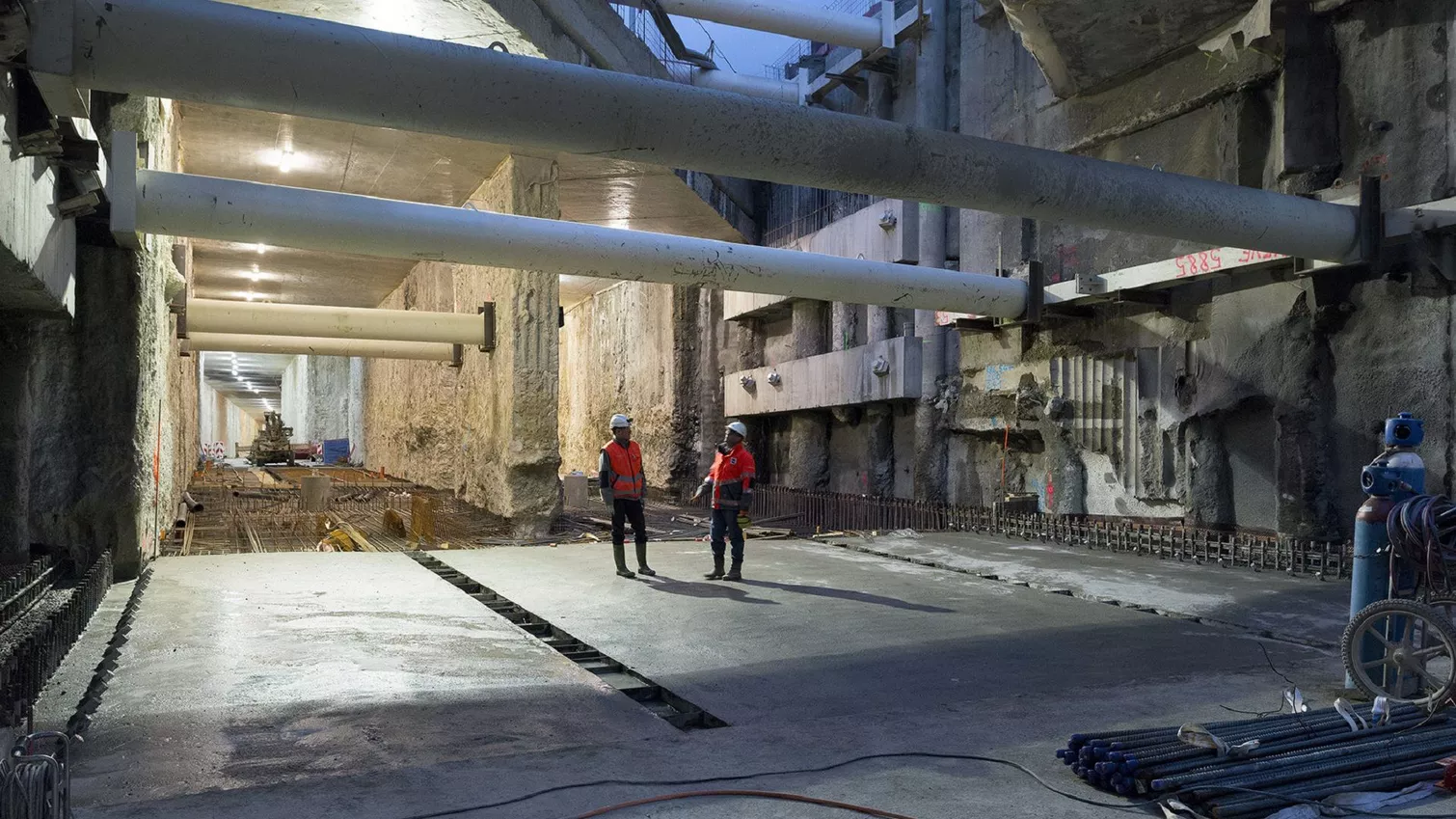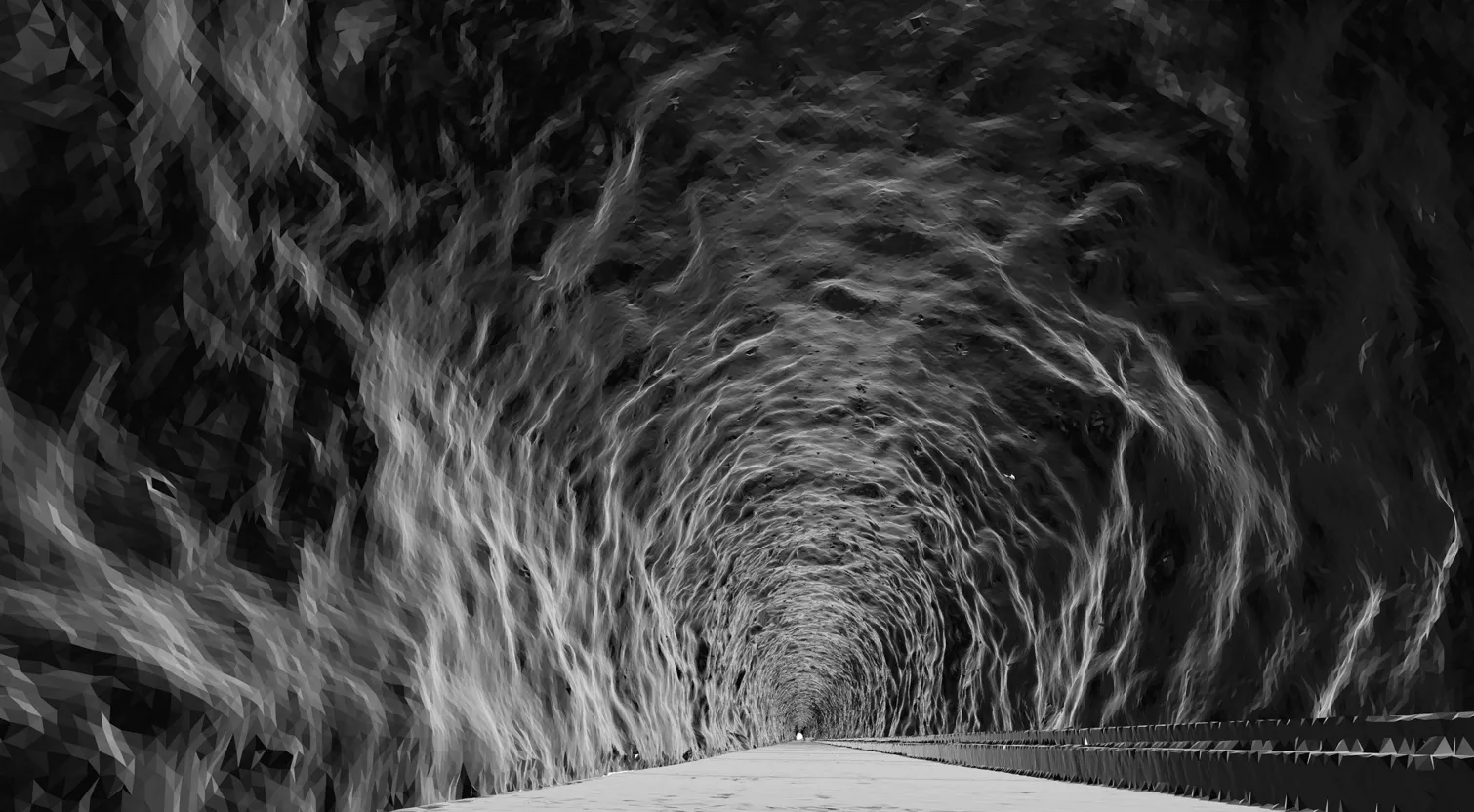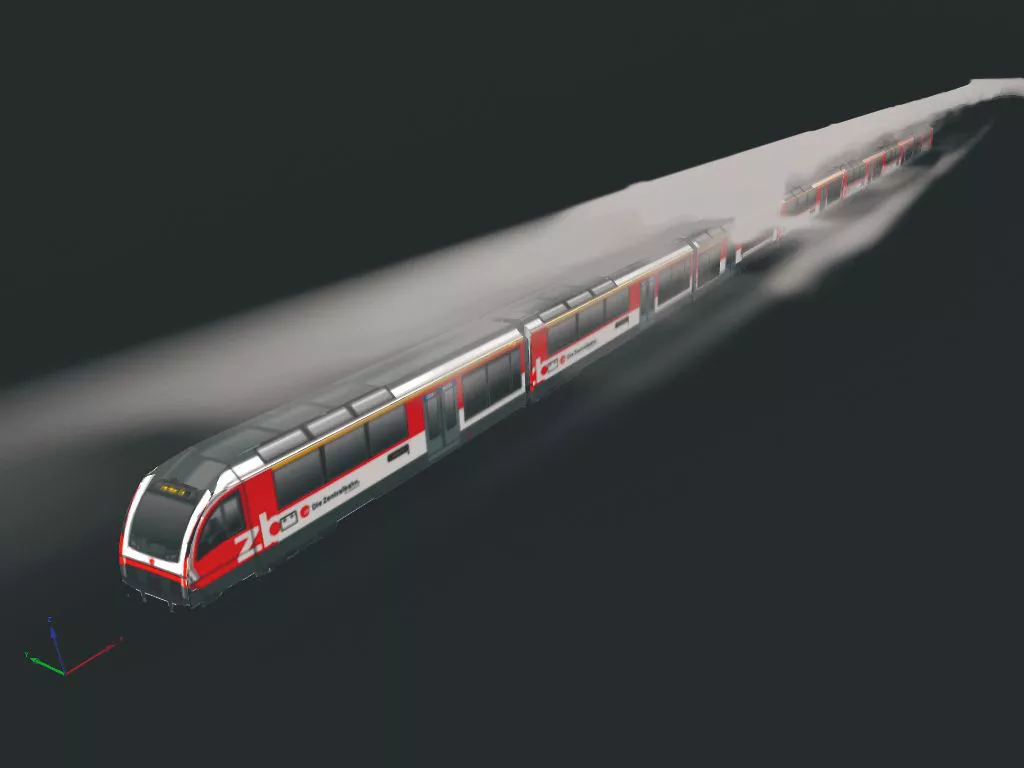For generations and for the future
Mobility for people
Mobility is a basic need of modern man. It brings people together, enables economic growth and social exchange. Gruner has played a key role in shaping mobility for the people around us for generations - often with visions and concepts that were far ahead of their future.
That is also our claim today, perhaps more than ever. We create the conditions for future generations to be mobile without overburdening the environment. With outstanding expertise, smart approaches, sustainable solutions - on a solid foundation of decades of experience.
Pioneering achievements from the very beginning
With the opening of the Gotthard Base Tunnel in 2016 (picture above), a vision that Eduard Gruner had presented to the general public almost 70 years earlier became reality: a base tunnel through the Alps that shortens travel times and conserves resources.
Our engineers are still committed to this heritage today when we solve planning tasks in the field of transport and mobility. Innovative technical solutions, sustainable approaches, cooperative collaboration and great perseverance in implementation have always characterized our work.
Incidentally, this is not only the case for a "building of the century" of modern mobility - a glance at our history shows that we have often planned and implemented infrastructure that set standards in their time - literally on water, on land and in the air.
Sustainable transport concepts for future-proof mobility
Mobility is a megatrend and a growing challenge. Congested infrastructure, sprawling land consumption with overdeveloped landscapes, heavy resource loads, and diverse emissions reflect the individual and societal need for the unimpeded flow of people and goods.
In this field of tension, our highly specialized employees develop convincing solutions in the areas of mobility, spatial and traffic planning, energy and traffic engineering. The focus is increasingly on enabling resource-efficient mobility through networked concepts and modern approaches. You can find out how we succeed in doing this by taking a look at our projects. For example, the new children's hospital in Zurich.
We seek individual solutions for individual requirements, taking into account the diverse interests of cantons and municipalities, residents and companies, employees, customers and visitors, as well as public transport operators - in short, of all road users, regardless of where, when and with which means of transport they are traveling.
Planning traffic infrastructure and structures for the car of the future - smart and reliable
For many people, having their own car is the epitome of personal mobility in its most dreamlike form - and the daily traffic jams in conurbations are the associated nightmare. We therefore approach the planning and execution of road traffic infrastructures with particular sensitivity and take into account the effects on road users, space and the environment at an early stage.
In addition to refurbishing and expanding existing capacities in line with demand as in the case of the St. Gallen West - East urban highway (picture above), we are already researching and working on the infrastructure for future automobility. For the Swiss Federal Roads Office, for example, we investigated the effects of automated driving on the safety and functionality of the traffic system in recent years as part of a research project together with the Technical University of Munich.
Here we ventured a look into a far-away future, in other projects we can already implement innovative solutions: In the refurbishment and modernization of ultra-modern parking garages, equipped for vehicles with alternative drive mechanism and fitted with state-of-the-art traffic control technology, we offer our customers planning and execution from a single source.
Generate and distribute energy for alternative drives
Even before Gruner was planning visionary transportation infrastructure, our forebears were concerned about supplying sustainably generated energy. Decades later, many of the hydropower plants we designed and built are still supplying reliable and environmentally compatible energy - which is more important than ever for sustainable mobility. In the picture above you can see the Mutsee dam, which was designed by us and built in an engineering consortium and is part of the Linthal pumped storage facility.
Today, our engineers in the Business Area Energy develop, design and supervise the construction or rehabilitation of projects worldwide for resource-efficient energy generation and distribution - including for railroads or alternatively powered vehicles in road traffic. In addition to electromobility, a particular focus is on innovative power-to-gas technology, which converts renewable energy into hydrogen. This allows vehicles to be refueled quickly - which opens up many possibilities for heavy traffic in particular, but also aviation and shipping.
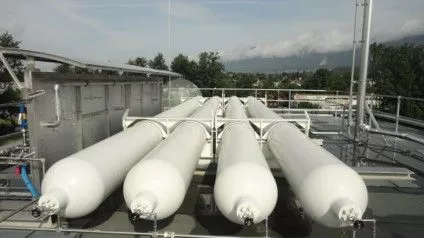
Hybridwer Aarmatt - Powert To H2 plant with sector coupling
The extensively developed public transport system (photo above: Limmat valley railroad and Affoltern tramway), above all, the extensive network of railroads in Switzerland are regarded worldwide as exemplary on the way to the mobility revolution. Comprehensive knowledge is required for the planning, execution and operation of the railroad infrastructure with its stations, tracks, engineering structures and tunnels. We have this knowledge.
We are contributing to the planning, construction and operation of the New Rail Link through the Alps as well as to high-speed railroads and light rail systems in growing conurbations that promote regional development and solve traffic problems. The future development of rail infrastructure, especially in densely populated urban areas, will increasingly require going underground - a geotechnical and civil engineering challenge. For us, however, this is safe terrain where we use state-of-the-art engineering methods.
Creating safer connections - in the tightest of spaces
In densely populated economic areas, traffic routes are central lifelines, but at the same time also potential sources of danger. Protecting people and the environment from potentially harmful effects of rail and road traffic and making transport infrastructures safe are therefore particularly important to us. For the Katzenberg Tunnel, for example, we drew up the safety and rescue concept for the interior work phase together with the responsible supervisory authorities, fire departments, finishing trades and the specialist departments of DB Netz AG.
With our experienced experts and state-of-the-art simulation tools, we help to efficiently meet increasing safety requirements, to safely enable projects and to give rescue forces the necessary confidence to act if their deployment should become necessary.
Digital on the move
What was for Eduard Gruner the first graphic implementation of his great vision, is for his successors digital planning, calculation and visualization from the very beginning. We consistently rely on the day-to-day application of state-of-the-art methods to make the mobility of the future tangible as early as possible.
When executing our projects, we work with our customers and partners to look for innovative technical solutions and find ways to use them reliably.
Ride with us.
Want to learn more about our vision of the mobility of the future and our contribution to its implementation?

